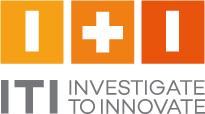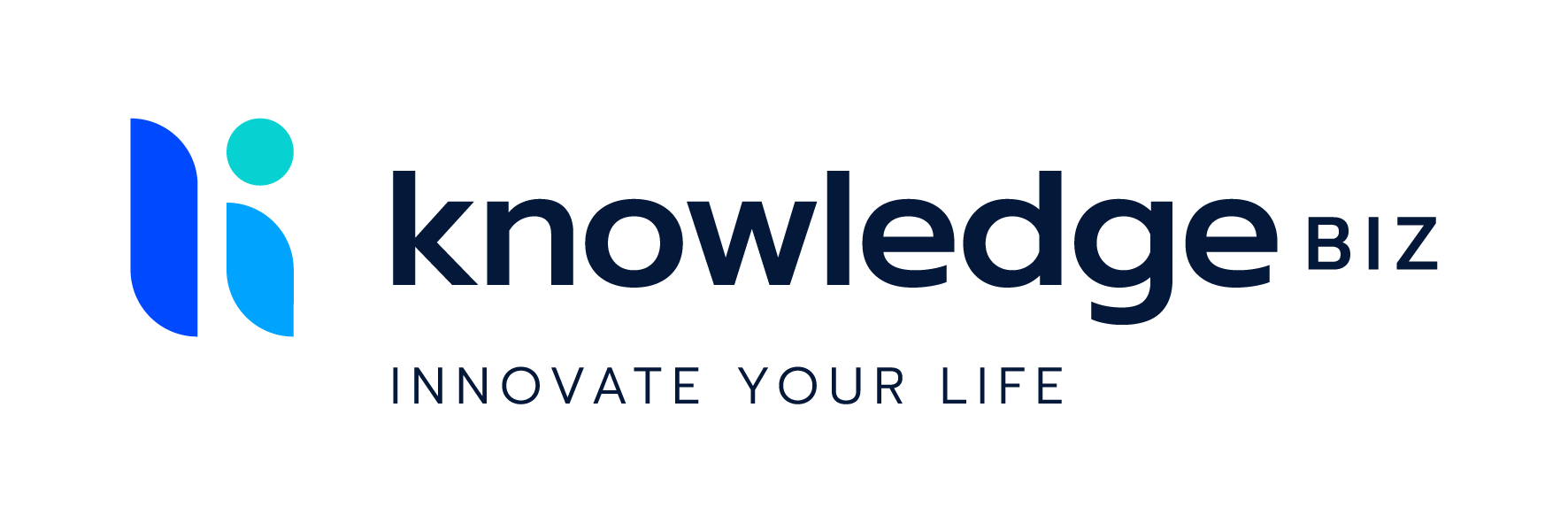i4Q Data Repository Guidelines (i4QDRG)¶
General Description¶
This solution is a guide for building Data Repositories for Industry 4.0, for estimating the storage capabilities and for building systems providing easy ways to access industry data and to communicate with industrial platform components and microservice applications.
The i4QDRG is not, in principle, a technical solution, as it consists basically in a document explaining the problematic of Data Repositories for Indusrty 4.0, and providing some guidelines for the impplementation of such a software solution. This information is gathered in deliverable “D3.15 – Guidelines for building Data Repositories for Industry 4.0 v2” (link to the document provided in section “Other resources”). However, a web application has been implemented to provide the most relevant information gathered in D3.15 in the style of standard web documentation.
In D3.15 we first explain the role of data repositories in Industry 4.0 contexts and motivate the importance of the requirements they fulfill. With illustrative purposes, we relate this explanation with the i4Q project and its solutions, especially with the i4Q Data Repository (i4QDR) solution. Furthermore, this deliverable explains the challenges arising when building a data repository for Industry 4.0 and provides an overview on how to approach its development by gathering a set of recommendations addressing these challenges, focusing especially on the analysis and design phases, but also covering some aspects related to the implementation phase. Then, D3.15 provides an overview on the possible approaches to achieve the communication of data repositories with other software solutions. Finally, D3.15 presents the web application that has been implemented in the M18-M24 period to show the most relevant information gathered in this deliverable in the style of standard web documentation.
These guidelines have driven the development of the i4Q Data Repository (i4QDR) Solution, presented in “D3.16 - i4Q Data Repository v2”. The web documentation of the i4QDR solution is available here.
Features¶
Overview on data repositories in Industry 4.0: the i4QDRG explains the role of data repositores in the context of Industry 4.0, explaining the challanges and requirements arising when developing this type of solutions.
Description of i4QDR design process: these guidelines describe how the design of the i4QDR has been approached.
ScreenShots¶
Snapshot of web application showing information regarding the i4QDRG solution.¶
Front page of deliverable D3.15 – Guidelines for building Data Repositories for Industry 4.0 v2¶
Table of contents of deliverable D3.15 – Guidelines for building Data Repositories for Industry 4.0 v2¶
Comercial Information¶
License¶
A free-software license
Pricing¶
Subject |
Value |
|---|---|
Payment Model |
One-off |
Price |
0 € |
Associated i4Q Solutions¶
Required¶
None.
Optional¶
These guidelines have driven the development of the i4QDR.
System Requirements and dependencies¶
The component may be run on any platform that supports Docker images.
- Docker requirements:
4 GB Ram
64-bit operating system
Hardware virtualisation support
Installation Guidelines¶
Resource |
Location |
|---|---|
Last release (v.0.1.0) |
First, make sure your system fulfils the requirements specified above.
Then, check the dependencies listed above are installed in your system.
Obtain the source code of the i4QDR solution. For instance, by cloning the repository of the i4QDR solution, available at https://gitlab.com/i4q/dr. Note that you may need to request access to it.
Create and run the Docker container running the solution by executing the following commands in a terminal:
$ cd orchestration
$ docker-compose up -d
Then, open the url http://localhost in a web browser.
Guidelines Summary¶
The development of data repositories in Industry 4.0 is very challenging, since this type of solution typically interacts with many other components, each one for different purposes. Consequently, the requirements of a data repository, especially the technical ones, are quite heterogenous, since the ones for a given component can be quite different from the ones for another component.
Therefore, the development of data repositories in that context requires a balance between two somehow opposite concepts. In the one hand, data repositories need to have a flexible design, so that they can fulfil heterogenous requirements coming from different dependent solutions. In the other hand, to reduce the complexity of the development, and the maintenance of the data repository once it is deployed, it is necessary to provide the required functionality in the most centralised fashion possible, by extracting as many common functionalities as possible and implement them in the most harmonised possible way.
Our recommendations to address the challenges arising when developing data repositories can be briefly summarised as follows. During the analysis and design phase:
Identify the components that will interact with the data repository.
For each component identified in step 1, gather the specific needs regarding:
The functionality required (e.g., only CRUD, or something else).
The volume of data.
Possible performance constraints, such as the expected number of read or write operations per second.
The operation mode. For instance, whether the data will be provided in an interactive mode, or in batch, and if will be done on-demand or as a scheduled task.
The need of replicated instances of the data repository.
The type of communications and expected interfaces and data formats.
Who and what components are authorised to access the data repository.
Analyse and summarise results, categorising needs and functionalities into those that are specific only to few solutions (or only one) and those that are common to several of them. Addressing the first group of needs might require using concrete tools. However, whenever possible, one should try to use tools that can work for other cases, too.
Address common needs and functionalities in the most general and harmonised way.
During the implementation phase the most important recommendations are:
Harmonise developments of common functionalities as much as possible
Follow similar structure and architecture
Simplify dependencies: use systems, tools, and libraries that do not have too specific requirements (e.g. Docker)
Other resources¶
Deliverable “D3.15 – Guidelines for building Data Repositories for Industry 4.0 v2” presents an overview of the role and importance of data repositories in Industry 4.0 contexts, such as this project. Furthermore, this deliverable explains the challenges and requirements arising when developing data repositories and provides some recommendations on how to address them, using the i4QDR as an illustrative example.
Resource
Location
Last document release (v.2.0.0)
Deliverable “D3.16 - i4Q Data Repository v2” provides a technical description of the i4QDR solution, and explains implementation.
Resource
Location
Last document release (v.2.0.0)
The web documentation of the i4QDR, available here, contains further technical information on how to configure and use the i4QDR.




